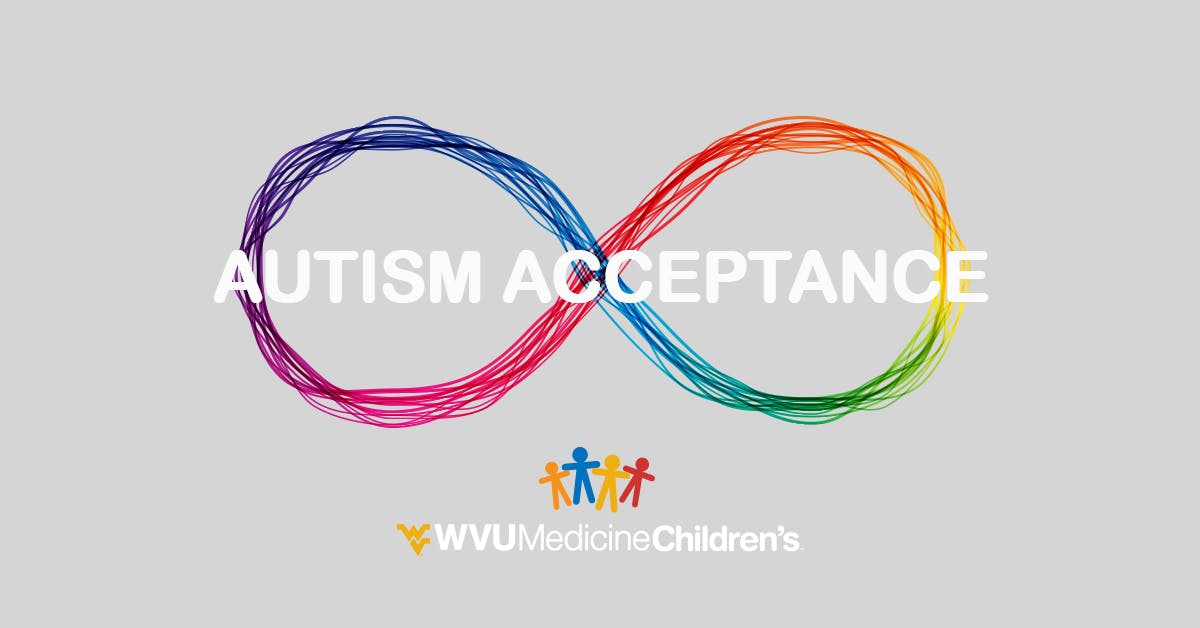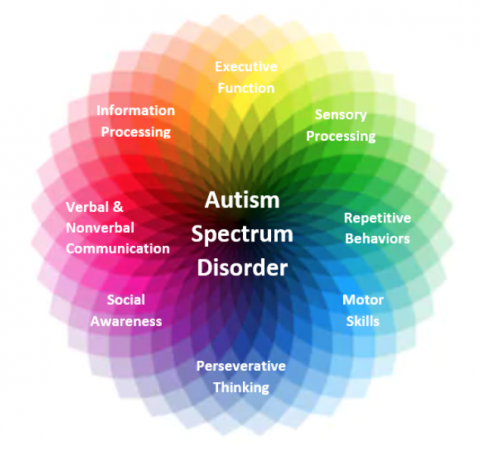Just how to Create an Inclusive Environment for Friends and Family with Autism
Just how to Create an Inclusive Environment for Friends and Family with Autism
Blog Article
Comprehending Autism: A Comprehensive Overview to Signs And Symptoms and signs
Autism Range Problem (ASD) incorporates a wide variety of characteristics that can substantially influence a person's social interactions and daily functioning. Comprehending these subtleties not just help caretakers and educators in offering proper assistance yet additionally cultivates an extra comprehensive setting for people with ASD.
Overview of Autism Spectrum Condition
Specifying Autism Range Problem (ASD) involves acknowledging it as a complicated neurodevelopmental condition defined by a variety of difficulties in social communication, communication, and behavioral patterns. The term "spectrum" reflects the broad variability in symptoms and their severity, which can differ considerably from one individual to another. ASD generally materializes in early childhood, although some individuals might not obtain a medical diagnosis up until later in life.
Factors affecting the growth of ASD include genetic proneness and environmental factors, although the precise causes remain under investigation. Diagnosis frequently depends on behavior analyses, as there are no conclusive medical examinations for ASD. Early intervention is crucial and can significantly boost results, focusing on boosting communication skills, social communications, and adaptive actions.
Individuals with ASD might additionally display distinct toughness, such as phenomenal interest to information or certain areas of expertise. Recognizing the multifaceted nature of ASD is crucial for fostering a comprehensive environment that suits neurodiversity. Continued study is important for creating effective treatments and support group, enabling people with ASD to thrive and meet their potential within society.
Usual Signs of Autism
Acknowledging the usual signs of Autism Range Disorder (ASD) is crucial for very early identification and intervention. These indicators can vary commonly in intensity and discussion, but specific features are often observed in people with ASD.
Among the most common indications is a significant difficulty in establishing and preserving eye contact. People might also display restricted passion in social communications and show a preference for solitary play. Repeated habits, such as hand-flapping, rocking, or spinning items, usually arise early in childhood. Additionally, some kids may establish stringent regimens and come to be distressed if these routines are disrupted.
Sensory sensitivities are also usual; people might panic or underreact to sensory stimuli, such as lights, audios, or appearances. autism. Language growth can be irregular, with some kids exhibiting delayed speech or making use of language in uncommon methods, consisting of echolalia-- duplicating phrases or sentences listened to in other places
It is vital to keep in mind that not every person with ASD will present all these indicators, and the degree of these habits can differ considerably. Early recognition enables prompt support and sources, improving the quality of life for those on the range.
Social Communication Challenges
Social interaction difficulties are a visit hallmark of Autism Range Condition (ASD), impacting a person's ability to involve efficiently with others. These difficulties can materialize in various ways, consisting of difficulties in initiating and keeping conversations, recognizing social hints, and reacting properly in social communications.
Individuals with ASD might have problem with nonverbal communication, such as eye call, facial expressions, and body movement. This can lead to misconceptions, as their communicative intent may not be properly interpreted by others. Moreover, they might discover it hard to comprehend the nuances of tone and context, which are necessary for effective communication.
In team settings, individuals with ASD may really feel overwhelmed and may not understand just how to join in conversations (autism). They may likewise exhibit irregular conversational patterns, such as monologuing about particular passions without identifying social reciprocity
Furthermore, these difficulties can cause social isolation or troubles in developing partnerships, as peers might misunderstand their habits or communication design. Understanding these social interaction difficulties is vital for fostering helpful environments that promote social abilities advancement and improve the top quality of communications for individuals on the autism range.
Sensory Feedbacks and sensitivities
Numerous individuals with Autism Spectrum Disorder (ASD) experience enhanced sensory sensitivities that can considerably affect their day-to-day lives. An individual with ASD may discover everyday noises, such as a vacuum cleaner or crowded environments, extremely traumatic, leading to stress and anxiety or disasters.
Sensory processing differences in individuals with ASD can likewise affect their capacity to Homepage take part in social interactions and routine tasks. A kid that is sensitive to touch may resist physical affection or prevent particular apparel fabrics. A choice for particular structures or preferences can limit dietary alternatives and create difficulties throughout mealtimes.
Understanding these sensory sensitivities is essential for acknowledging the special experiences of people with ASD. Recognition of their sensory profiles can foster better communication and support methods, developing a setting that suits their demands and enhances their quality of life. Eventually, acknowledging sensory sensitivities is an important part of understanding the more comprehensive range of autism.

Supporting People With Autism
Effective assistance for people with Autism Range Disorder (ASD) is vital for enhancing their general wellness and cultivating independence. Support methods need to be tailored to fulfill the distinct requirements of each person, considering their difficulties and staminas.

Social abilities training can additionally play a crucial function. autism. Engaging individuals in team tasks or role-playing circumstances can boost their ability to navigate social interactions. Additionally, it is necessary to enlighten relative, caretakers, and peers concerning ASD to promote a encouraging and comprehensive area
Verdict
Finally, a comprehensive understanding of Autism Spectrum Disorder is important for recognizing its signs and symptoms. Early identification of common characteristics, such as social communication difficulties and sensory level of sensitivities, enables caregivers and educators to apply reliable treatments. By promoting improved communication and social skills, individuals with autism can navigate their settings extra efficiently. Eventually, enhanced awareness and assistance can dramatically improve the high quality of life for those affected by ASD.
Autism Range Disorder (ASD) incorporates a large range of features that can significantly affect a person's social interactions and daily performance.People with ASD may struggle with nonverbal interaction, read such as eye contact, facial expressions, and body language.Many individuals with Autism Range Condition (ASD) experience enhanced sensory sensitivities that can significantly affect their daily lives.Sensory processing distinctions in individuals with ASD can likewise affect their capability to involve in routine tasks and social interactions.Comprehending these sensory sensitivities is necessary for recognizing the distinct experiences of people with ASD.
Report this page